Abaqus for beginners and experts – Stability of Shell Structures – EN 1993-1-6
The package follows the EN 1993-1-6 Stability of Shell Structures standard’s computational agenda and relies on a few analytical methods. In this package, you will learn Abaqus buckling analysis. The model starts with basics steps, how to define the shell structure geometry, how to define the material properties and assign them to the shell, how to create an assembly of different parts, how to define the analysis step (linear analysis or nonlinear analysis), how to define multi-point constraints, how to define boundary conditions, how to define the finite element mesh/elements, how to start the job and how to analyze the results with context to the EN 1993-1-6. A simple model is chosen first and verified by means of analytical equations. Then a linear buckling/bifurcation analysis is performed (LBA – EN 1993-1-6), and the results are compared with the analytical solution. Abaqus buckling is fully discussed in a practical example.
Then in the package’s second main part, the important steps regarding the modeling and analysis of a wind turbine tower are shown and discussed. The base model of the wind turbine tower is based on the “International Shell Buckling Excercise” performed in 2022 and hosted by Siemens Games and the Imperial College of London, besides the modeling parts, which are explained in detail. Different analysis types according to the Eurocode Design Standard are explained: LBA (Linear bifurcation analysis), MNA (material nonlinear analysis), GMNA (geometrical and material nonlinear analysis), and finally, a GMNIA (geometrical and material nonlinear analysis with imperfections). The GMNIA and ABAQUS-Python script is provided and explained in the last part. The results are compared with the results of the international shell buckling exercise.
It would be useful to see Abaqus Documentation to understand how it would be hard to start an Abaqus simulation without any Abaqus tutorial.
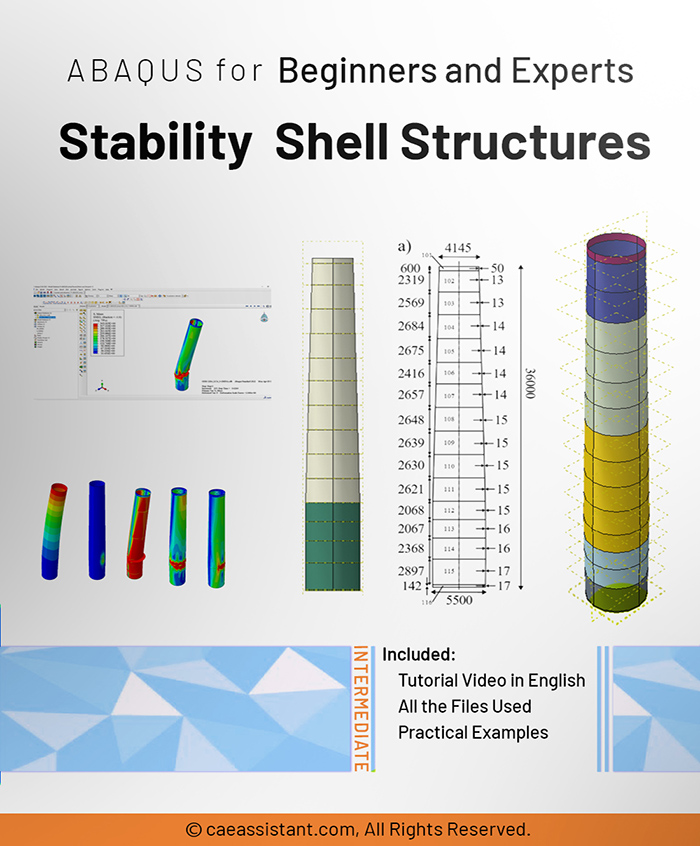
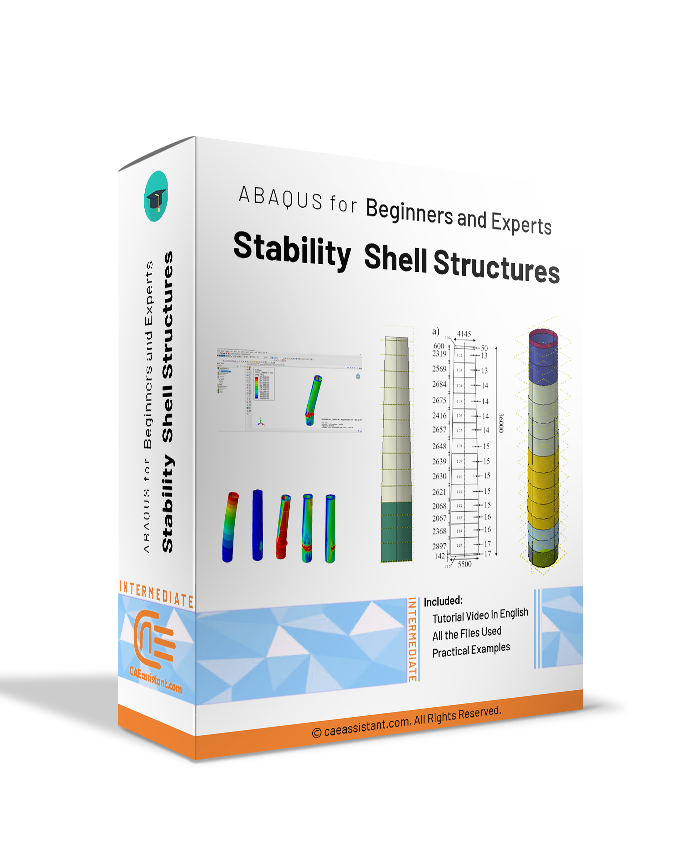
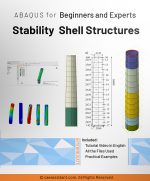
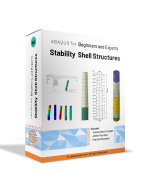

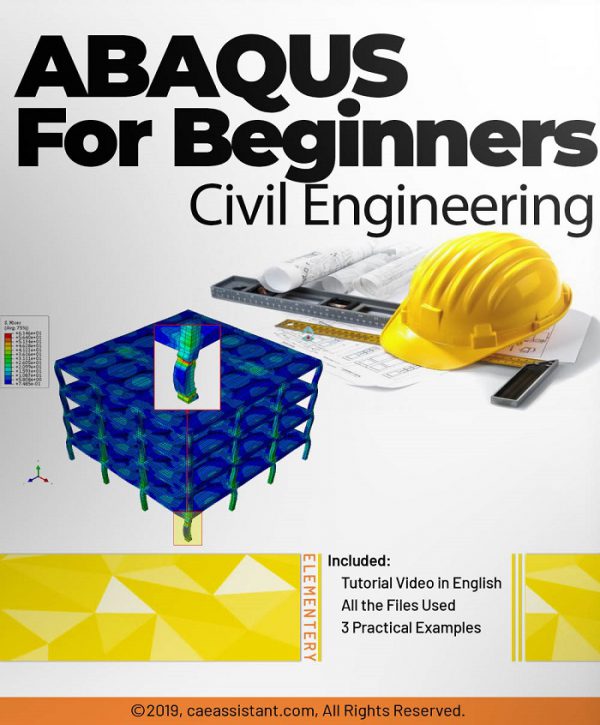

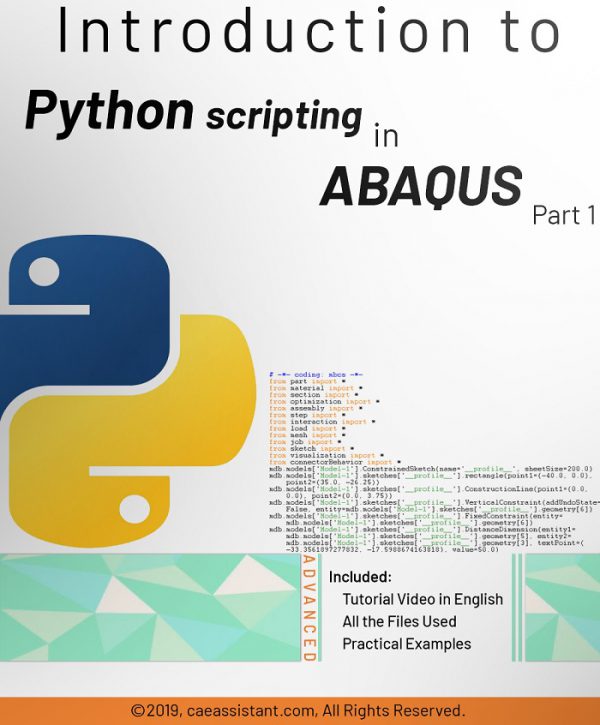
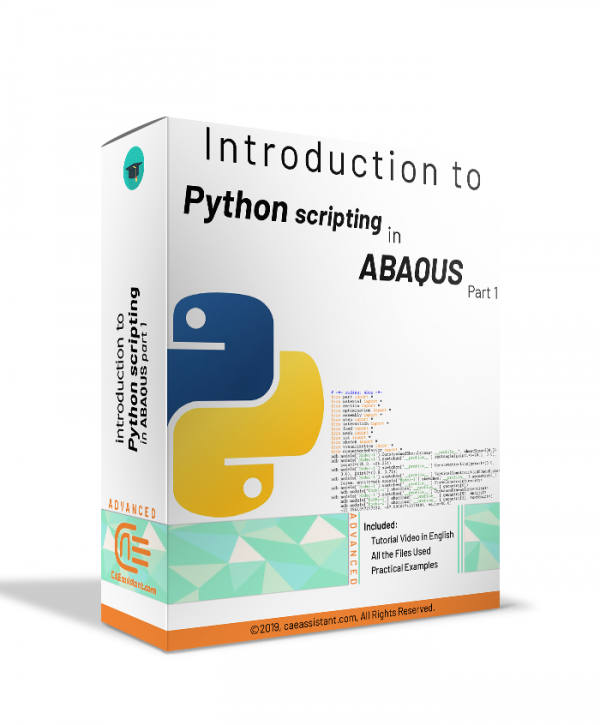
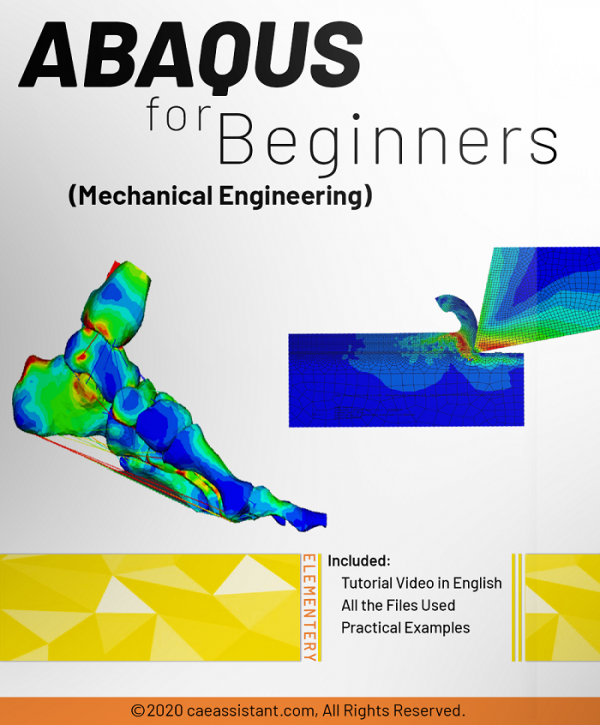
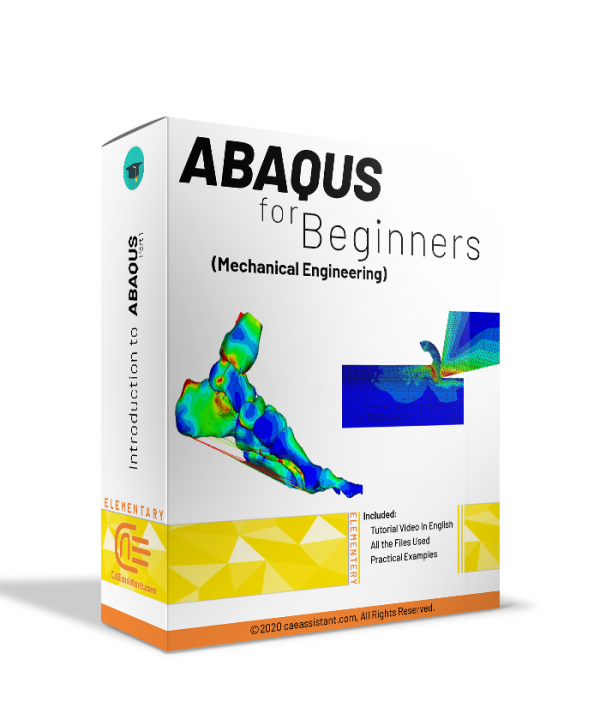
Reviews
There are no reviews yet.